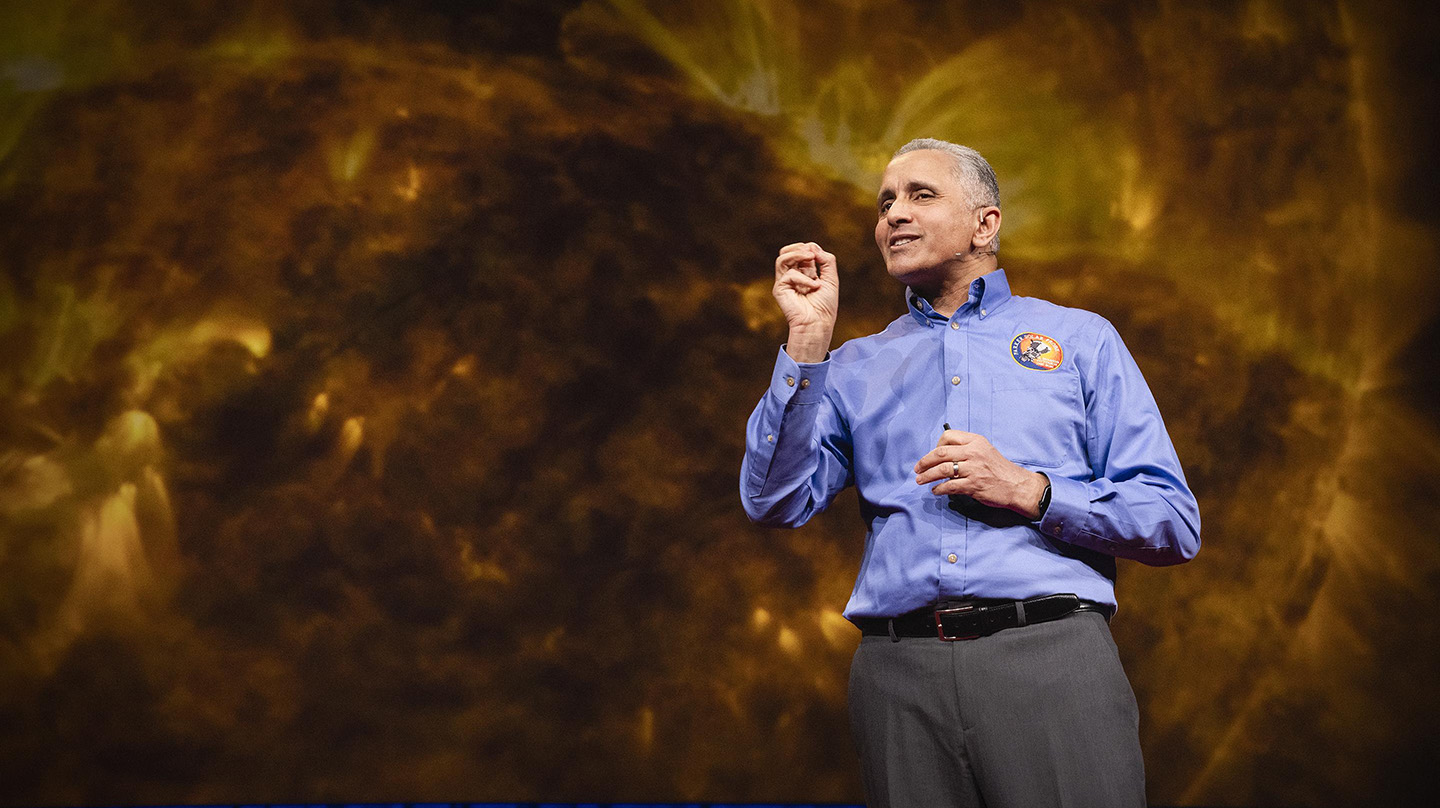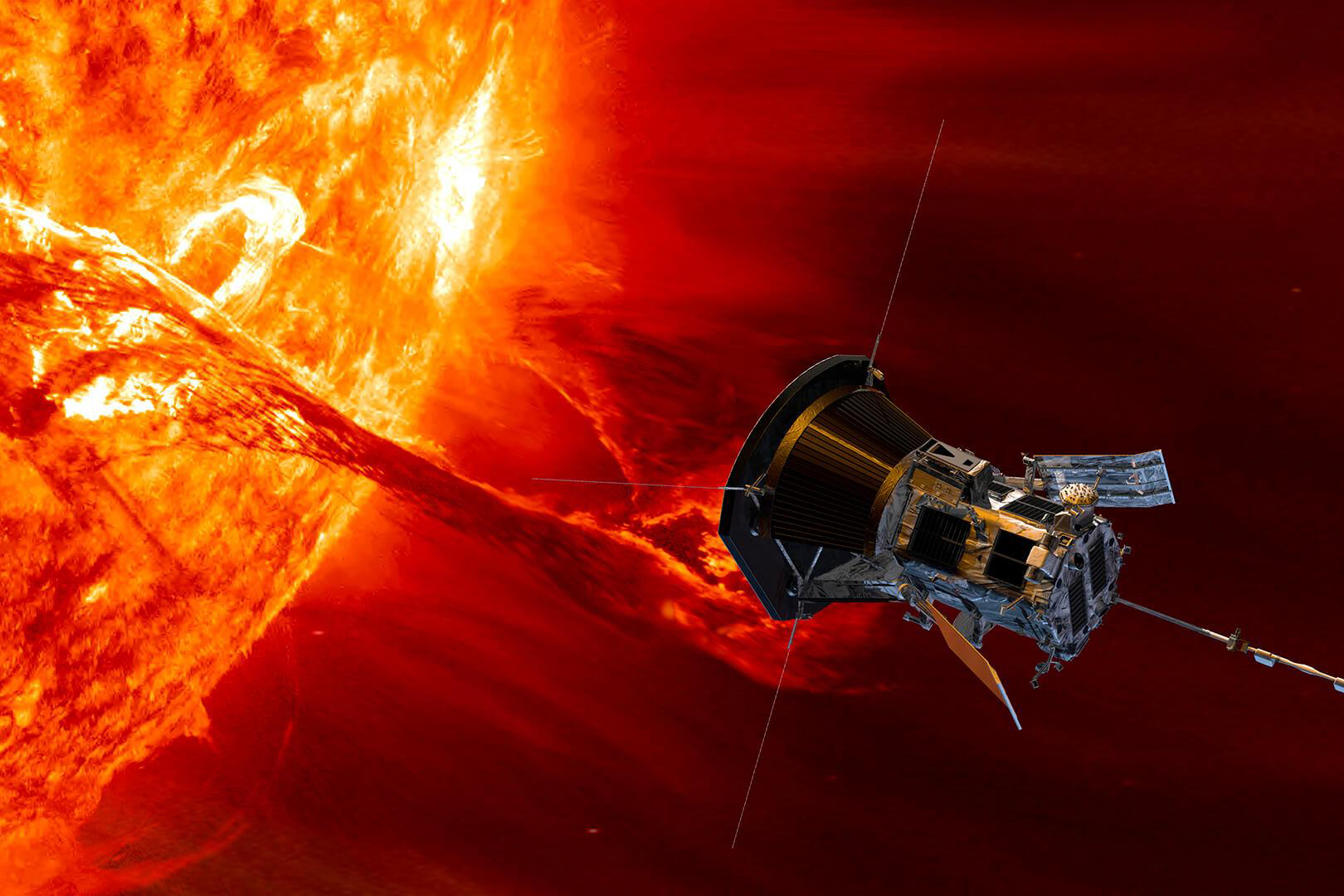Press Release
Johns Hopkins APL Scientist Rawafi Covers Our Connections to the Sun at TED2024
Standing center stage at the TED theater in Vancouver, Canada, this past April, Johns Hopkins Applied Physics Laboratory (APL) astrophysicist Nour Rawafi was anything but coy about the importance of the topic he had come to present.
“Allow me to introduce you to the celestial body that holds the most significance for us all: the Sun,” he started.
“You might say, ‘I already know the Sun! I’ve seen it every day for my entire life.’… But I’m going to let you in on a little secret: Sometimes, I feel like we don’t know the Sun at all.”
Published online Oct. 8, Rawafi’s talk from the TED2024 conference takes listeners on a voyage to the fiery center of our solar system, where temperatures surge to blistering heights and explosive ejections propel particles to near light speed.
The Sun is full of mysteries, he explains, from its life-sustaining energy to its powerful storms, and solving them is vital to our future. Central to his talk is the mission helping to unravel them: NASA’s Parker Solar Probe — a mission to “touch the Sun.” Previously, Rawafi’s talk was only experienced by those who had attended the TED2024 conference, but the release of it in video form kicks off a pivotal period for Parker’s mission.
“Parker was the fulfillment of a bold idea to get closer to the Sun than any other spacecraft, and it has paid back immensely, having revolutionized our understanding of the Sun and stellar physics,” said Andy Driesman, mission area executive for Civil Space Flight at APL, which designed, built and manages the Parker Solar Probe mission for NASA. “As the mission’s project scientist, Nour can bring those incredible achievements to life like few people can. His passion for the subject is infectious. We’re proud to have him sharing the mission’s incredible feats for science and humanity.”
The video’s publication comes just ahead of Parker’s closest approach to the Sun, happening Dec. 24 this year. Yet reflecting on that milestone in the talk, Rawafi notes how many outstanding questions will still remain about the Sun’s future effects on our lives, movements, energy and food sources.
“To answer all these critical questions that shape the fate of our society, we must unlock the Sun’s secret, from its fiery core to its outer reaches,” he says near the close of his remarks.
“For our future, for the world we leave behind for our children and theirs, we must transform the way we observe the Sun and deepen our understanding of how it influences its surroundings. In particular, our cherished planet Earth.”


